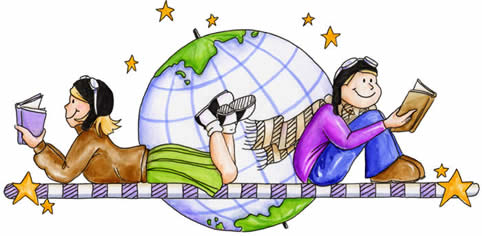Personal responses enable readers to relate to a text, to reflect on their own reading processes and to make sense of the reading in their own lives.
“A novel or poem or play remains only inkspots on a paper until a reader transforms it into a set of meaningful symbols.” – Louise Rosenblatt
Over 80 years ago, Louise Rosenblatt postulated that making meaning from print involved a transaction between the words on the page and the experiences of the reader. The theory of Reader Response suggests that the text itself provides only part of the meaning; the reader brings in his or her own beliefs, biases and background knowledge to fully understand the text.
Check out Lori’s blog post “Was Rosenblatt Wrong? Countering the Critics of Reader Response”

A personal response generally involves several details that analyze, interpret and make connections to the text that was read.
An effective response is elaborated and well-supported with direct evidence from the text. It focuses on a given text and the reader’s interpretation of it, but it may also include strategies a reader uses to comprehend and interpret the text. Some types of responses include:
- Connections to personal experiences, other texts, other media, other information sources
- Interpretation of characters, events or actions
- Description of themes or messages
- Critical analysis of author bias or point of view
- Analysis of the writer’s craft, techniques or literary devices and their effectiveness
- Application of what was read to another situation or the larger world
- Discussion of reader’s craft (strategy application, inferences, predictions, synthesis)
For many students, prompts or sentence stems will help guide their responses and offer different ways to think about the text. Some ways to use the prompts on the right include:
- teaching each prompt separately, using a shared writing approach.
- offering a set of prompts from which students may choose.
- writing each prompt on a separate strip of paper and having students draw them randomly.
20 PROMPTS FOR PERSONAL RESPONSES
-
This reading reminded me of….
-
If I could change one thing, it would be…
-
At first I thought…but then I read…and now I think…
-
I wonder…
-
My big question about this reading is…
-
If I were the character…
-
The character…reminded me of …
-
As I read, I realized that…
-
I wish…
-
What I learned from this reading was…
-
The most important part of this reading was…
-
Something the author did really well/poorly was…
-
I was confused by…
-
I can tell that the author thinks…
-
If this book were a movie…
-
I agree/disagree that…
-
This book is most appropriate for boy/girl/older/younger readers because…
-
If I could step into the story, I would…
-
The most interesting character was…
-
I think that the author wants the reader to…

